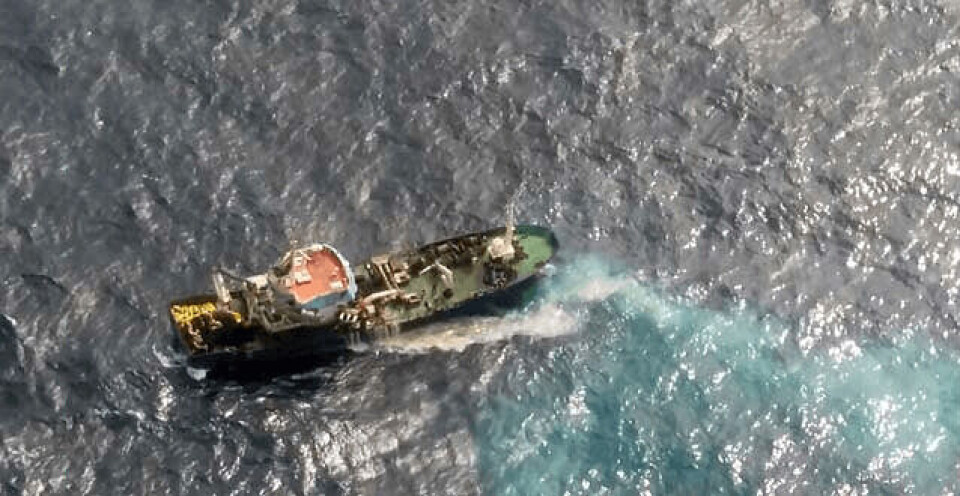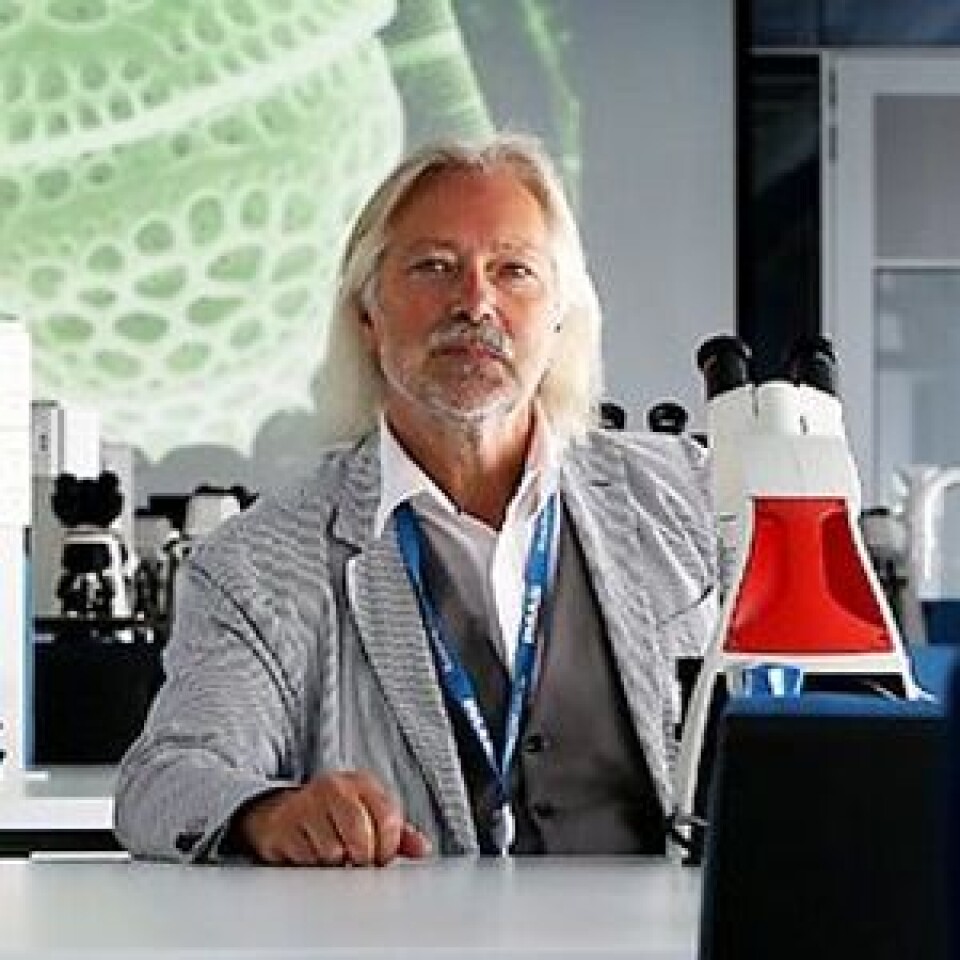
Aquaculture link to algal blooms discussed after huge study
A public webinar will be held today at noon (BST) to discuss the results of an unprecedented analysis of thousands of harmful algal bloom (HAB) events worldwide over the past 33 years.
The first-ever global statistical analysis examined around 9,500 HABs and found that the harm caused by HABs rises in step with growth of the aquaculture industry and marine exploitation and calls for more research on linkages.
Conducted over seven years by 109 scientists in 35 countries, the study found that reported HAB events have increased in some regions and decreased or held steady in others. A widely-stated view that HABs are on the rise throughout the world, perhaps due to climate change, isn’t confirmed.
First baseline
However, the study, “Perceived global increase in algal blooms is attributable to intensified monitoring and emerging bloom impacts”, published in the Nature journal Communications Earth & Environment, creates the world’s first baseline against which to track future shifts in the location, frequency and impacts of HABs, which differ depending on which of the 250 harmful marine algae species is involved and where, requiring assessment on a species-by-species and site-by-site basis.
The study was carried out for the Intergovernmental Oceanographic Commission of the United Nations Educational, Scientific and Cultural organisation (UNESCO).
It found that regionally recorded HAB events, after being corrected for higher levels of monitoring effort, have:
- Increased in Central America/Caribbean, South America, Mediterranean and North Asia
- Decreased in West Coast America and Australia/New Zealand
- Remained largely unchanged in East Coast America, Southeast Asia and Europe
By region, the largest number of records came from, in order:
- Europe
- North Asia
- Mediterranean
- The east and west coasts of North America
- Caribbean
- Pacific/Oceania
- Southeast Asia
7 million microalgal observations
The scientists mined both the global Harmful Algae Event Database (HAEDAT), consisting of 9,503 events with one or more impacts on human society, and the Ocean Biodiversity Information System (OBIS) database, containing 7 million microalgal observation records, including 289,668 toxic algal species occurrences.
When all the information was combined, the researchers could find no statistically significant global trend overall.
They also found, however, that aquaculture production increased 16-fold from a global total 11.35 million tonnes of seafood in 1985 to 178.5 million tonnes in 2018, with the largest increases occurring in Southeast Asia and South America/Caribbean and Central America, with North America and Europe stabilising.
The number of recorded harmful algal bloom events over time was strongly correlated with intensified aquaculture production in all regions with data suitable for the study.

Increased monitoring
However, lead author Gustaaf Hallegraeff of the University of Tasmania pointed out: “Intensified aquaculture clearly drives an increase in HAB monitoring efforts essential to sustaining the industry and protecting human health.
“And, just as clearly, a secondary effect of aquaculture is nutrient pollution. But a major data gap exists here. Conducting a meta-analysis of HABs vs aquaculture we had data on HAB monitoring efforts using OBIS records as a proxy but data on nutrient pollution is inadequate. The relationship between aquaculture-related nutrients and HABs therefore represents an important direction for further research.”
More information on the report, including a link to the HAB programme, can be found here.























































